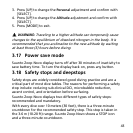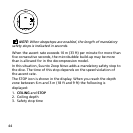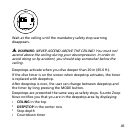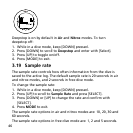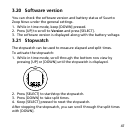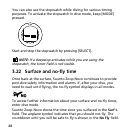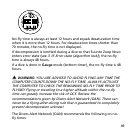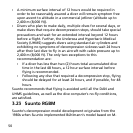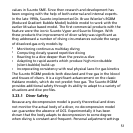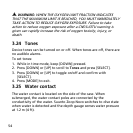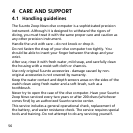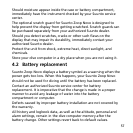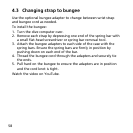
values in Suunto SME. Since then research and development has
been ongoing with the help of both external and internal experts.
In the late 1990s, Suunto implemented Dr. Bruce Wienke's RGBM
(Reduced Gradient Bubble Model) bubble model to work with the
earlier M-value based model. The first commercial products with the
feature were the iconic Suunto Vyper and Suunto Stinger. With
these products the improvement of diver safety was significant as
they addressed a number of diving circumstances outside the range
of dissolved-gas-only models by:
•
Monitoring continuous multiday diving
•
Computing closely spaced repetitive diving
•
Reacting to a dive deeper than the previous dive
•
Adapting to rapid ascents which produce high microbubble
(silent-bubble) build-up
•
Incorporating consistency with real physical laws for gas kinetics
The Suunto RGBM predicts both dissolved and free gas in the blood
and tissues of divers. It is a significant advancement on the classic
Haldane models, which do not predict free gas. The Suunto RGBM
provides additional safety through its ability to adapt to a variety of
situations and dive profiles.
3.23.1 Diver Safety
Because any decompression model is purely theoretical and does
not monitor the actual body of a diver, no decompression model
can guarantee the absence of DCS. Experimentally it has been
shown that the body adapts to decompression to some degree
when diving is constant and frequent. Personal adjustment settings
51



